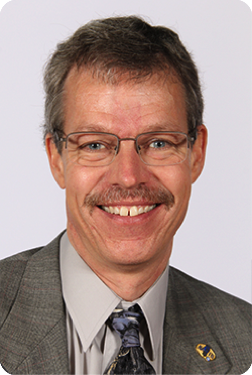 By Jessica Wesson
By Jessica Wesson
When WRDN Radio owner Brian Winnekins was approached for a Popular Mechanics feature on AM radio, he knew the story needed more than just his voice. Instead of making it about himself, he invited local leaders—farmers, first responders and other broadcasters—to speak about why AM radio still matters in rural America.
“I didn’t want it to be just me spouting off,” Winnekins says. “I wanted people who actually rely on the station to be heard.”
For Winnekins, the conversation around AM radio is about far more than weather alerts and emergency signals. It’s about the quality of life in rural communities.
“I’ve always felt that emergency communication is a valid point, but it’s thin,” he says. “In towns like ours, we’re the only ones broadcasting local government meetings, high school sports and church services. That’s what builds community.”
The Popular Mechanics writer witnessed the issue firsthand. Her phone was stuck on SOS mode the entire time she was in Durand, Wisconsin.
“She didn’t need convincing,” Winnekins says. “She saw the problem—cell service didn’t work, and broadband access is unreliable.”
In recent years, several automakers have considered removing AM receivers from vehicles, citing interference issues and changing consumer habits. Winnekins believes the real motive is financial.
“They want control,” he says. “Satellite radio and streaming platforms generate monthly revenue. But AM and FM are free, and that’s the threat.”
His argument goes beyond infrastructure or policy. It’s deeply personal.
“A local farmer told the reporter, ‘Sometimes I’m not listening for weather or markets—I just want company,’” Winnekins recalls. “That hit me hard. It’s about human connection.”
People often stop him in the grocery store to thank him for airing the high school basketball game or playing the polka show. Older residents like his 91-year-old mother rely on the station for updates, companionship and comfort.
Even when WRDN uses YouTube or online streaming for livestock shows or community events, Winnekins sees radio as the foundation.
“None of the digital stuff happens without the radio station. That’s our base,” he says.
He hopes others in the industry remember the impact they make each day—not just as broadcasters, but as neighbors.
“We’re not just delivering content—we’re showing up,” he says. “And that still matters.”
